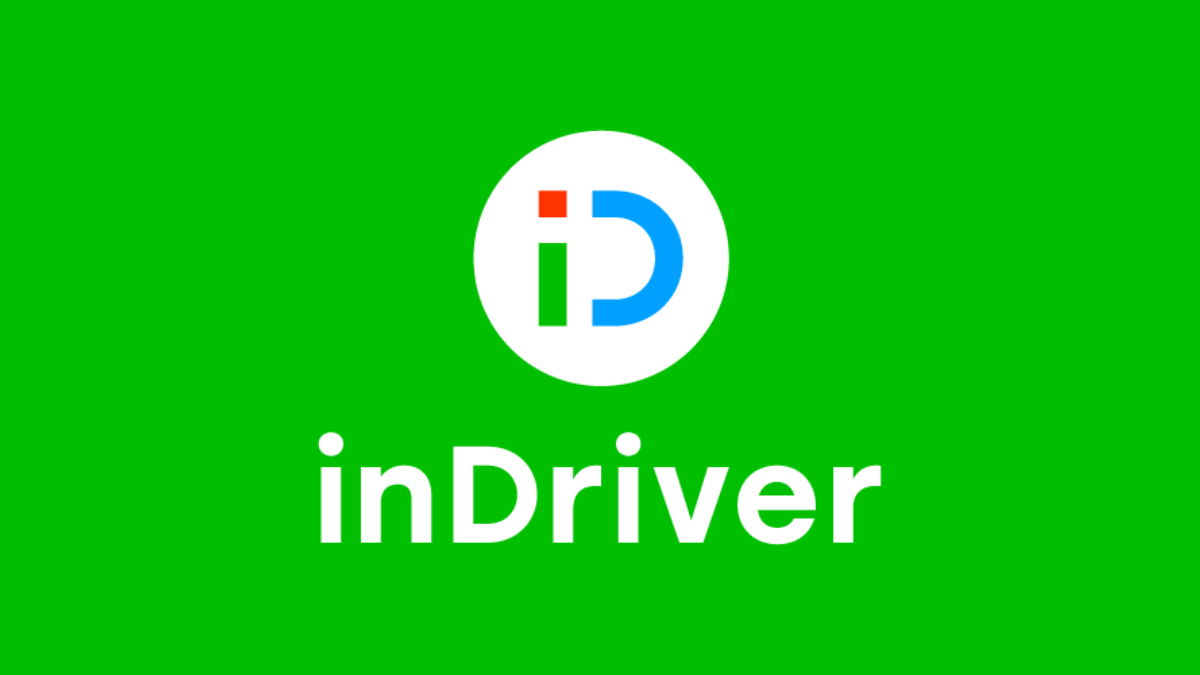With Bolt’s new flexible price system, riders can offer higher fares to drivers to improve their chances of getting rides when there are a lot of drivers looking for rides.
Because ride-hailing giants are having difficulty getting people to drive as extra work, trips are running later. Some popular ride-hailing apps make you wait more than 10 minutes before finding a driver.
Read also: Bolt challenges InDrive dominance in Botswana
Launched in 2013, Bolt provides ride-hailing, micromobility (e-scooters and bikes), and food delivery across Europe. Bolt, headquartered in Tallinn, Estonia, operates in 40 countries and 200 cities. Bolt offers affordable pricing and a user-friendly app to minimise urban congestion and emissions while prioritising safety and sustainability.
The startup has grown swiftly, targeting ride-hailing heavyweights like inDrive, which provides a flexible and transparent alternative.
Setting Competitive Prices for Driver Onboarding
Price is one of the main things that keeps more drivers from joining. Since May 2023, when the subsidy was taken away, fuel costs almost doubled.
Drivers have said that this, along with the fee that ride-hailing companies get, has cut into their profits. Still, it’s hard to pass these costs on to customers because there is a lot of competition, and many Nigerians are already paying high prices because inflation is rising quickly.
These bidding systems, which are similar to what competitor inDrive used to set itself apart when it first came out in the Nigerian market, are meant to encourage drivers to take rides, especially when demand is high.
The driver earns more. “All trips have the same commission,” said Bolt’s communication manager, Femi Adeyemo.
Bolt and Uber’s Pricing Strategies for Drivers
Ride-hailing giants like Bolt and Uber usually charge customers a base price and then use “surge pricing” to encourage drivers when demand is high. However, the driver has no say in the deal because computers decide the rush price.
Read also: Uber elevates Kenyan rides, launches Uber Comfort
This concept of providing drivers with direct access to consumers to negotiate a reasonable cost has been essential in the success of inDrive, and Bolt will adopt the same notion in the hopes that it would minimise the time customers have to wait.
Ultimately, gig drivers continue to press for a presence at the decision-making table even though the move to modify its pricing scheme will be seen as a victory for Uber drivers. For now, they have successfully gained some negotiating power with customers; however, it is not yet clear when they will also be successful in gaining the same bargaining leverage with ride-hailing businesses.
